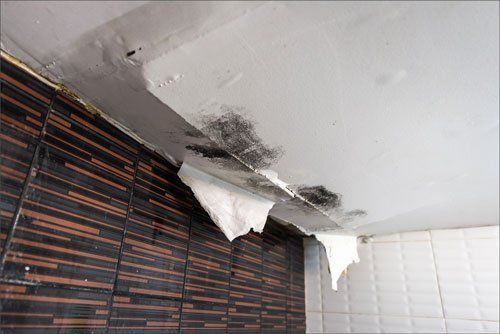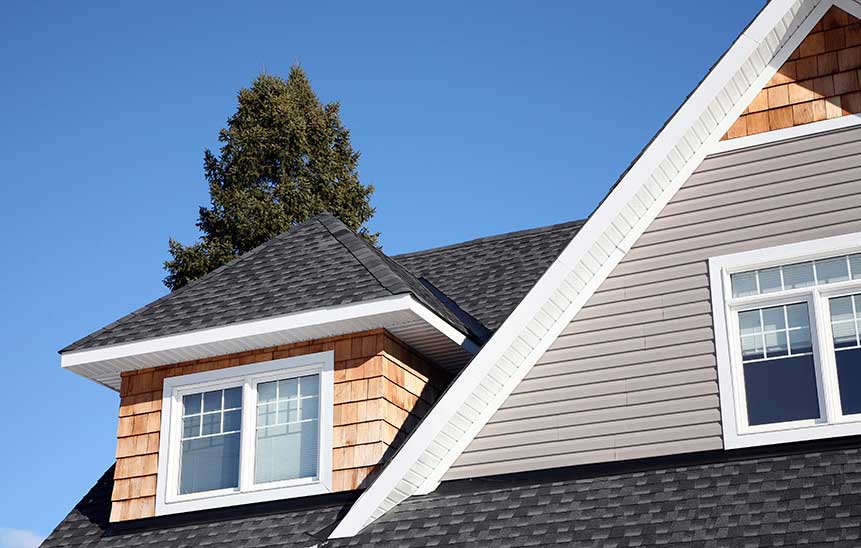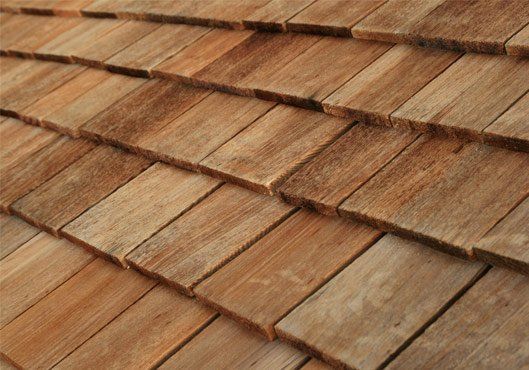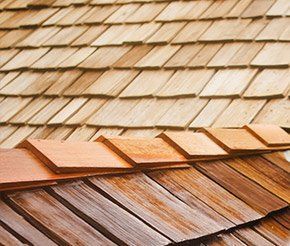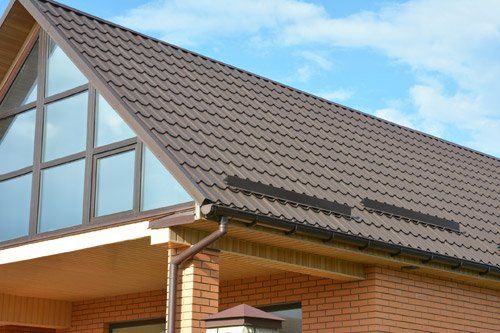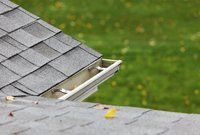
Spotting roof damage can sometimes be as simple as noticing that some shingles are out of place, but it's not always that easy. The earlier you catch roof damage, the better your position is. Early detection allows you to make repairs or replacements before your home sustains significant water damage. Here are three types of roof damage caused by weather exposure and how you can detect them.
1. IMPACT DAMAGE
This can commonly occur during a hailstorm, but it can also happen during any storm that causes twigs and small branches to fall onto your roof from above. In some cases, impact damage can be extreme and obvious, such as in the case of a large branch landing on the roof and dislodging whole shingles or perhaps causing the roof's underlayment to give way completely. However, less obvious and more sinister damage is more likely to occur.
Asphalt roofing may sustain dents or visible fractures from hailstones, but that’s not always the case. So, you’ll want to pay attention to the protective granules and exposed metal to determine how much damage your roof has sustained. If you see flashes of metal on your roof, that typically indicates that hail damage has dented the shingles and dislodged the protective granules on your asphalt roof.
When you check your roof after a hailstorm, look for spots that appear darker. This indicates that the granules on the surface (which have been faded by the sun) were dislodged during the storm, allowing you to see the darker ones beneath.
2. THERMAL SHOCK
Thermal shock is a type of damage that your roof can sustain even in relatively normal weather conditions, even when there haven't been any storms. It's caused by swings in temperature between daytime and nighttime, and it occurs over long periods of time.
Thermal shock is most likely to occur if your roof is made of black asphalt, fully situated in sun and in an area that tends to get hot during the day and much cooler at night. The wider the variation in your roof's surface temperature, the more the asphalt material will expand and contract. The tar in the asphalt material makes it elastic, so it can stretch without cracking.
But over time, the tar dries up, and damage from the sun's UV rays work to make the roofing material even more brittle. Under these conditions, the shingles will start to have a hard time stretching and shrinking every day, and they'll start to crack, curl or buckle over time. This may indicate premature roof failure, which could mean that you need to have the entire roof replaced.
3. FREEZE-THAW DAMAGE
Just like how thermal shock is more likely to happen in places that get very hot in the daytime, freeze-thaw damage is likely to be at its worst in places that often freeze at night and then thaw during the day.
Freeze-thaw damage occurs when water seeps into tiny cracks in the roofing and then freezes. Because water increases in size while it freezes, this can make the cracks bigger, worsening any damage that already exists and creating new damage. Then, when the ice thaws, more water can fit into that tiny crack and can open it up even more at the next freeze. This is one reason why it's important to catch any roof damage and repair it quickly. Otherwise, weather conditions can worsen the damage until you need to replace the whole roof. If you do have a damaged roof that needs replacing, contact the roofing experts at DeMello Roofing to discuss the re-roofing process, such as color matching, cost estimates or even other roofing material options.
